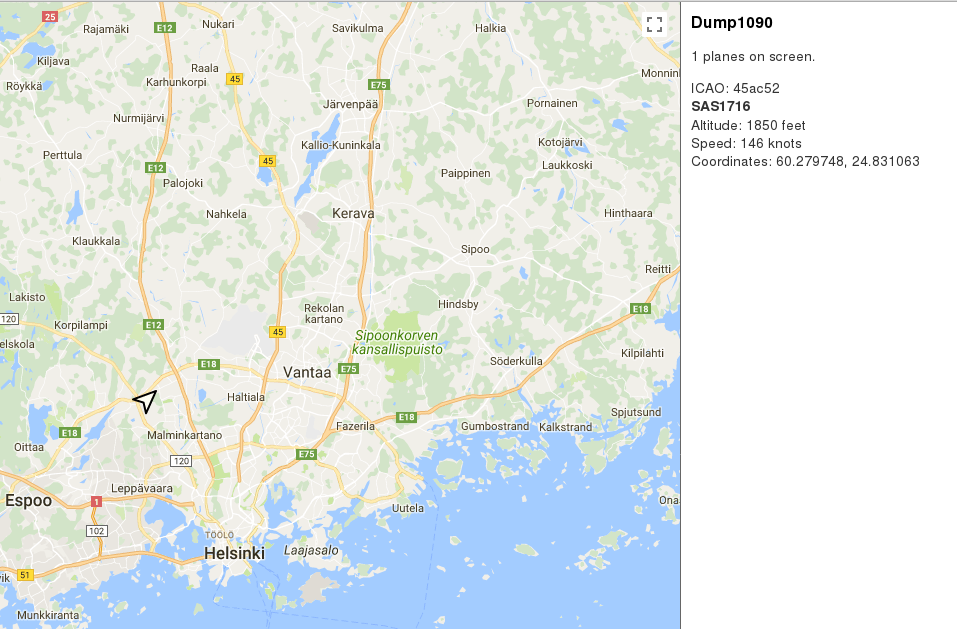So recently I was in York at the Bytemark office, and I read a piece about building a radio in a Raspberry Pi magazine. It got me curious, so when I got home to sunny Helsinki I figured I'd have a stab at it.
I don't have fixed goal in mind, but what I do have is:
- A WeMos Mini D1
- Cost €3.00
- ESP8266-powered board, which can be programmed easily in C++ and contains on-board WiFi as well as a bunch of I/O pins.
- A RDA5807M FM Radio chip.
- Cost 37 cents.
- With a crystal for support.
The initial goal is simple wire the receiver/decoder to the board, and listen to the radio.
After that there are obvious extenstions, such as adding an LCD display to show the frequency (What's the frequency Kenneth), and later to show the station details, via RDS.
Finally I could add some buttons/switches/tweaks for selecting next/previous stations, and adjusting the volume. Initially that'll be handled by pointing a browser at the IP-address of the device.
The first attempt at using the RDA5807M chip was a failure, as the thing was too damn small and non-standardly sized. Adding header-pins to the chips was almost impossible, and when I did get them soldered on the thing just gave me static-hisses.
However I later read the details of the chip more carefully and realized that it isn't powerfull enough to drive (even) headphones. It requires an amp of some kind. With that extra knowledge I was able to send the output to the powered-speakers I have sat beside my PC.
My code is basic, it sets up the FM-receiver/decoder, and scans the spectrum. When it finds a station it outputs the name over the serial console, via RDS, and then just plays it.
I've got an PAM8403-based amplifier board on-order, when that arrives I'll get back to the project, and hookup WiFi and a simple web-page to store stations, tuning, etc.
My "token goal" at the moment is a radio that switches on at 7AM and switches off at 8AM. In addition to that it'll serve a web-page allowing interactive control, regardless of any buttons that are wired in.
I also have another project in the wings. I've ordered a software-defined radio (USB-toy) which I'm planning to use to plot aircraft in real-time, as they arrive/depart/fly over Helsinki. No doubt I'll write that up too.
Tags: esp8266, radio, youtube 2 comments
